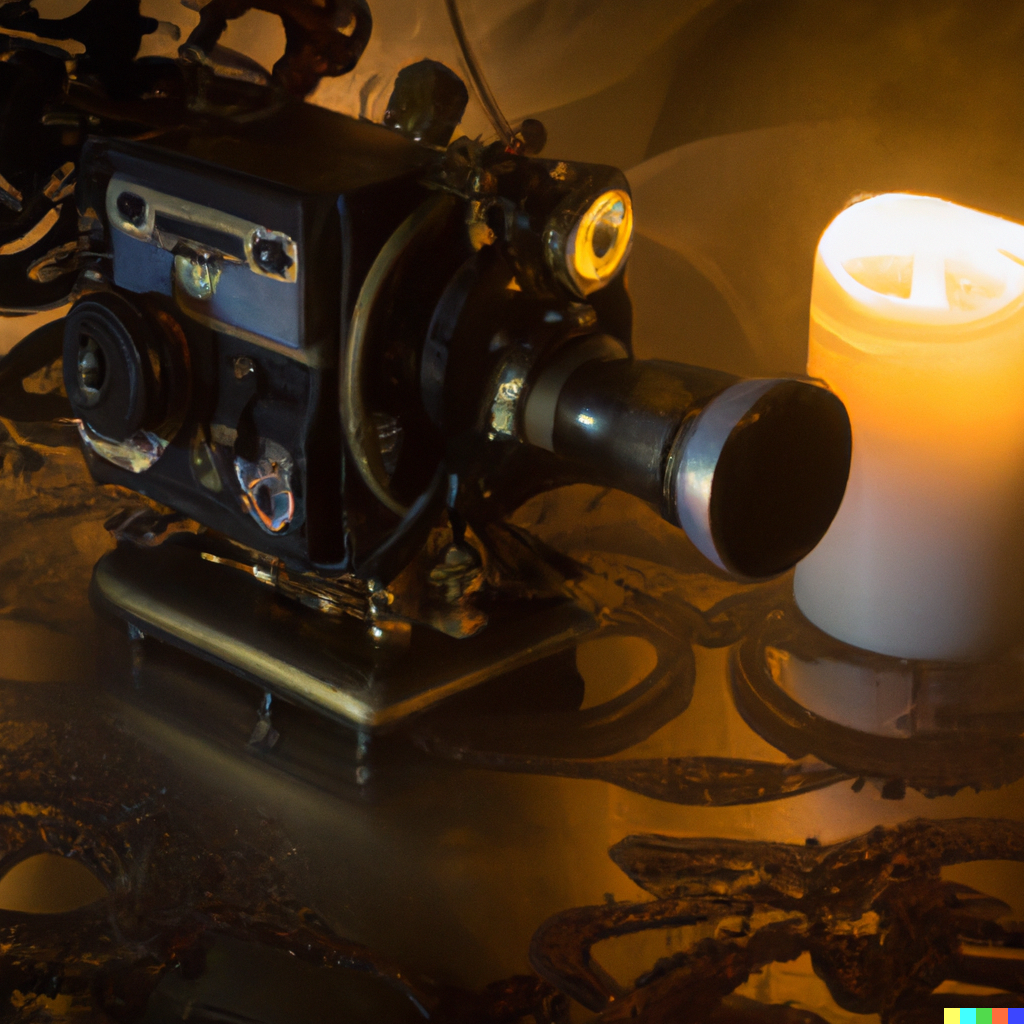Moving to video first
We are switching from “photography first” to “video first” for all of the events we want to capture.
I’ve been a photography buff for many years now and this is providing to be a challenging, but rewarding move. This document clarifies my thoughts on the overall process.
Photography first versus Video first

This commits to a preference for how we start thinking about a scene. At any event wanted to capture “on film”, the go-to modality was a static photograph. We did capture some video, but it was only when the situation obviously benefited from it. This change turns that around so by default we are capturing scenes as video unless it is best done as a photograph.
Why make the change - top 3 reasons
By moving to video first, we ensure we get a lot more video and less static shots. For many years we have been making video slideshows of our photos. A video of photos with some tasteful transitions and audio is more engaging to watch than just clicking. We found that the most engaging part of any of those were the video clips and static photos where we were artificially introducing motion, for example the Ken Burns effect.
I do love to learn and after decades of practice I knew a good deal about photography. I am by no means a professional, but I was at the point where moving my skills forward took a lot of work with little payback. Likewise, the amount of happiness as a hobby this brings is also reduced. While I thought video first would be easy… it is not, and I am loving it.
My beloved D90 has gotten older. The options for video on Smartphones, or even newer cameras has gotten much better. This made it a good time to look at equipment that would do video first and not as much for still photography. The adage “the best camera is the one you have on you” still has some merit and new Smartphones can do some pretty amazing video. So now was a good time to make a big change.
Top 3 differences in shooting
Like a photograph, anyone can do it. Point - Click - Done. Taking a really good photograph takes thought and effort (or in some cases - luck). Taking good video turned out to be just as hard in all new ways. Keep in mind, the majority of shooting we are doing is ad-hoc and not acting. There is not a lot of planning or do-overs.
Shooting a picture you only need to worry about a point in time, video is worrying about time itself. For example, if I am taking a picture of a group of people leaving a room I can just sit by the door, take a bunch of stills as they approach, maybe a few after they pass. With a video, I have a whole continuum, any point at which the entire shot can get messed up. Maybe someone walks in the way halfway through or the line gets jammed up and they stop. Beyond that, do I pan the camera as they approach, do I move with them as they go… how do I make it an interesting shot.
Focus is a dang pain in the #@$. Still photography you line up your shot, stabilize the camera, and get tack sharp focus or letting autofocus take over. If you shoot with a DSLR you know how the focus takes a second, sometimes overshoots, and comes back? That’s fine for a photograph, but if that is happening constantly in your video, its a problem. So you have to turn that off. This means having to figure out where the subjects are moving and the depth of field you need based on the settings. having people come in and out of focus is awesome, as long as they are in focus enough to make it interesting.
Camera shake during movement is so bad it is almost a feature. Once you start trying to capture scenes on video, you want them to be interesting. For example, very seldom do you just see a video of a building without motion somehow incorporated. The camera tends to zoom in slowly, or pan across, etc. Without a lot of equipment it is not easy to make that smooth. It’s so bad, that it almost helps when you are shooting a video of people walking and you are behind them… if you are walking, the camera bobs up and down, and gives the perspective of following them. This has been the hardest part of nail down.
How we are proceeding
This is a work in progress. I tend to immerse myself at first… in equipment, techniques, studying, etc. So this may not be optimal but…
- Learning all sorts of terminology.
- Watching a lot of videos on Cinematography.
- Taking a full course on using Resolve.
- Applying what I am learning, seeing what works.
- Updating my equipment to reflect a video first approach.
- When watching things, being more conscious of how it is shot.
Overall
Photography still has a place in our whatever you call this. When you want to capture a fleeting moment… like a flash of anger, or a moment in a particular movement, it works very well. When you want to capture the feel or direction of a situation, video seems to work better.
Here are some examples from the State Science Bowl 2023. The media is intended as B-Roll, but I’ve selected two good examples and worked them into a video.
The feet moving is the best example of video conveying an emotion. The video also gave me a chance to work on my skills with Black Magic’s Davinci Resolve.

